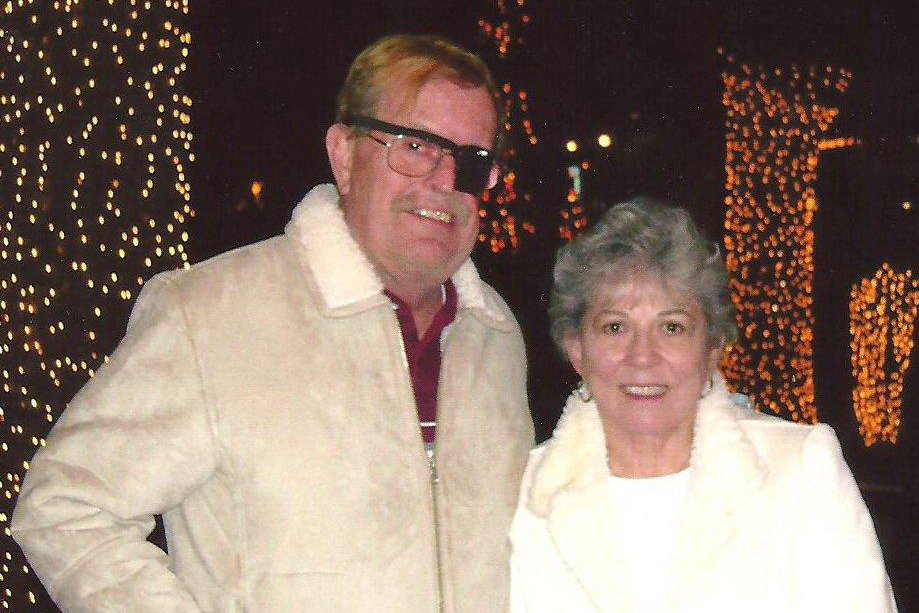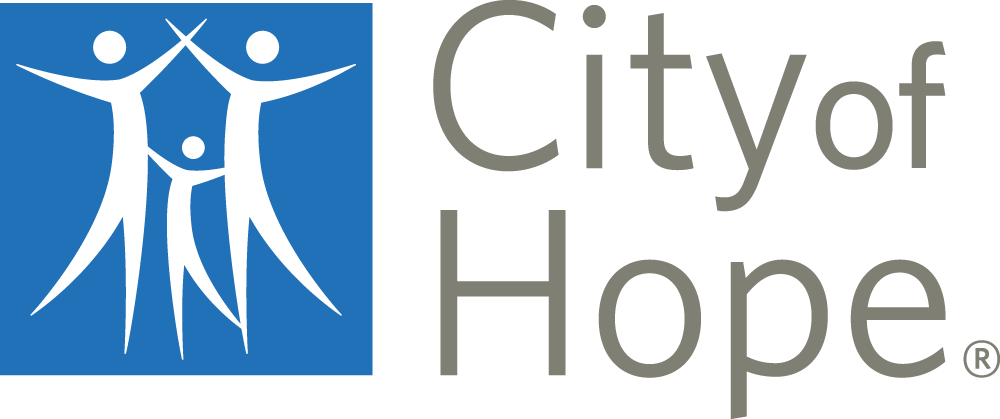
Judy was the first City of Hope Los Angeles County Sheriff’s Department chapter president and she did a super job of interacting with the people she worked with from City of Hope; they, too, delivered atta-boys and atta-girls to our chapter members for their wholehearted assistance.
Things were going well for Judy and I. She was working at an assignment she enjoyed as a background investigator who looked at the work and personal histories of applicants for the position of deputy sheriff trainee for the LASD. Sheriff Block had promoted me from commander to division chief and I was responsible for personnel, training, internal investigations and employee relations in an organization with over 15,000 employees.
Learning that the lady you love has been diagnosed with breast cancer takes the wind out of your sails and that was the predicament I found myself in on the morning when City of Hope Dr. Riihimaki told Judy and I what we were facing together. The cancer had been detected early, during an annual checkup, and because of that it was highly curable. After making certain that neither Judy nor I were likely to pass out, Dr. Riihimaki did something that no physician had ever done to either of us. He stood between the two of us and held one of our hands in each of his as he walked us to the lobby, talking as we moved along.
“I want you both to know that the three of us are in this together and together we are going to try and cure this cancer. I know both of you will do your best and I want you to know that I’ll be doing my best as well!” Those words caused Judy and I to know that we were in the right place and in the right hands and now years and years later we still remember how positive we felt as we left City of Hope on that day filled with confidence and hope that Dr. Riihimaki’s diagnosis was right on target!
Some years later, the two of us were on vacation touring the Pacific Coast, stopping along the way wherever we liked and enjoying looking for treasures in antiques stores, sharing a good meal and wine in restaurants with gorgeous ocean views and just being happy being together on a two-week-long respite from work. The only slight problem was a case of sniffles that I’d picked up and that didn’t seem to want to go away; it seemed to be getting worse. I stopped in at one of those walk-in clinics and the doctor there prescribed some antihistamines and antibiotics to send the sniffles on their way. It didn’t work and two days later, I awoke with my left eye swollen shut. An ophthalmologist soon had me heading by air ambulance to Oregon Health Sciences Hospital in Portland and this time it was Judy who got to watch me react to the news that I had an advanced sinus cancer. The doctors there told me I’d probably lose my left eye and most everything between the bottom of my brain pan and the top of my tongue, leaving me with a substantial hole where my left eye would no longer be. The probability of having only one eye left me with a list of questions about my future that was longer than my arm.
One thing was for certain: I didn’t want to have surgery done in Portland. Although the staff and facility was excellent, postoperative care, in my opinion, should involve the surgeon who performs the operation and for me that meant at City of Hope. I bought an eye patch in the hospital store and Judy and I were soon heading back to our home in Long Beach. Dr. Lawrence Wagman was my surgeon and he and a team of specialists, Dr. Jeffrey Wong from radiology, Dr. Romanus, a dentist specializing in maxillary and facial reconstruction, and Dr. Laurant, a plastic surgeon, put together a plan to get me well and looking presentable!
Waking up after the surgery with one eye, my jaws wired together, a breathing device in my trachea and a feeding tube in my stomach was not nearly as much fun as vacationing in a tropical paradise. Within a day I was able to walk around the hospital, pulling an IV cart that dripped unknown substances into my veins. A week later, I was home in Long Beach and a few days after that, I was free of all the tubes and the jaw wires. I wore a large black eye patch over the golf-ball-sized hole that peered into the inner recesses of my head where once was lodged an eye and other stuff. I looked positively piratical. In the weeks that followed, Dr. Wong introduced me to radiation and, Monday through Friday for six weeks, I was perched on a cold metal table while I was zapped by invisible beams. Although it only took about 15 minutes from start to finish, I was amazed at how many "Hail Marys” I could launch.
Dr. Romanus was not only a maxillary facial expert, she was an artist with a warm and caring persona and a great sense of humor. She began building me a prosthesis that would fill the void in my face. Once completed, she had matched skin texture and the color of my good eye. While she was doing this, a friend of mine who had served as a U.S. Marine officer told me that a fellow officer had a prosthesis similar to mine but instead of a pupil, he had a small U.S.M.C. logo installed in its place and it gave him a very unique appearance and a special conversation piece. I decided that if such a device was suitable for a Marine Corps officer, it would be appropriate for a Sheriff’s Department member to have a small star inserted into his prosthesis. Soon Dr. Romanus was talking about being the only specialist in her field to actually put a star in someone’s eye! The day she inserted it into the void, she got a real case of the giggles and took a bunch of pictures.
Back at work full-time three months after my surgery and radiation procedures, I was soon finding out that there were some things more difficult to do with one eye versus two. One of those was parallel parking. I discovered a way to compensate and I now employ the gentle Braille method, which involves backing up very slowly until I bump into something … it works well. The other difficulty appeared one evening when pouring dark merlot into the wine glass of one of our guests. I slightly overshot the glass and managed to pour wine onto my wife’s antique lace table cloth. After an appropriate number of "mea culpas,” I was forgiven and I’ve learned to touch the bottle to the edge of the glass, so I’ve perfected my pouring abilities quite well.
I got a lot of comments on the star in my eye and, months later, Sheriff Block called me into his office and told me that I was to be promoted to the rank of assistant sheriff and would oversee the delivery of law enforcement services for the almost 3 million folks who lived in our jurisdiction. To say I was thrilled was a classic understatement; it was a joyful moment for me!
Things were going well for Judy and, in 1995, both of us were retired. We moved to Temecula, a small town in southwest Riverside County, and were soon involved in volunteer work within the community. Life was really, really good until Judy happened to notice a lump growing on the side of her neck. After doing some serious diagnosis, our friends at City of Hope discovered that Judy was suffering from Stage IV ovarian cancer, a disease with generally very unfavorable outcomes. Tears flowed, family and friends were soon praying for us and miraculously Judy’s cancer, after two surgeries and many days of chemotherapy, went into remission and has stayed that way for 10 years. Today, Dr. Wakabayashi closely monitors Judy’s status and we, once again, thank God for the wonderful resources available to us at City of Hope!
In the middle of 2013, I began noticing some very mild discomfort and a need to frequently urinate. Again, the wonderful staff at City of Hope diagnosed a prostate cancer and my friend Dr. Wong, now the chair of radiation oncology, introduced me to an innovative radiation treatment for prostate cancer: helical TomoTherapy, a well-developed surgical alternative for prostate cancer. I’ve recently finished the course of treatment and I’m feeling fine. Contrary to popular belief, I don’t glow in the dark!
Judy and I know we could never repay the City of Hope staff for saving our lives on two separate occasions each, but as a result of their expertise, kindness, friendship and caring, we have decided to revise our living trust so that when we’ve left this earth, some of our resources will be used by City of Hope to treat members of the Los Angeles County Sheriff’s Department and others who are facing catastrophic disease and who need an atmosphere that is truly filled with lots of kindness and real hope! That’s a legacy we believe is well worth leaving and we are delighted to do that as a token for the faith, hope and love we have for this truly remarkable place!
